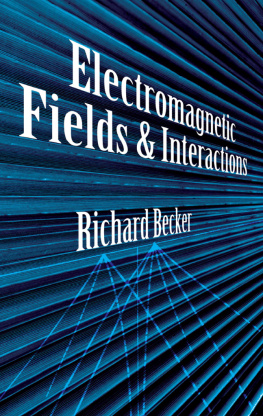B. H. Fields - Understanding Electrons
Here you can read online B. H. Fields - Understanding Electrons full text of the book (entire story) in english for free. Download pdf and epub, get meaning, cover and reviews about this ebook. publisher: Cavendish Square Publishing, LLC, genre: Romance novel. Description of the work, (preface) as well as reviews are available. Best literature library LitArk.com created for fans of good reading and offers a wide selection of genres:
Romance novel
Science fiction
Adventure
Detective
Science
History
Home and family
Prose
Art
Politics
Computer
Non-fiction
Religion
Business
Children
Humor
Choose a favorite category and find really read worthwhile books. Enjoy immersion in the world of imagination, feel the emotions of the characters or learn something new for yourself, make an fascinating discovery.
- Book:Understanding Electrons
- Author:
- Publisher:Cavendish Square Publishing, LLC
- Genre:
- Rating:4 / 5
- Favourites:Add to favourites
- Your mark:
- 80
- 1
- 2
- 3
- 4
- 5
Understanding Electrons: summary, description and annotation
We offer to read an annotation, description, summary or preface (depends on what the author of the book "Understanding Electrons" wrote himself). If you haven't found the necessary information about the book — write in the comments, we will try to find it.
Understanding Electrons — read online for free the complete book (whole text) full work
Below is the text of the book, divided by pages. System saving the place of the last page read, allows you to conveniently read the book "Understanding Electrons" online for free, without having to search again every time where you left off. Put a bookmark, and you can go to the page where you finished reading at any time.
Font size:
Interval:
Bookmark:

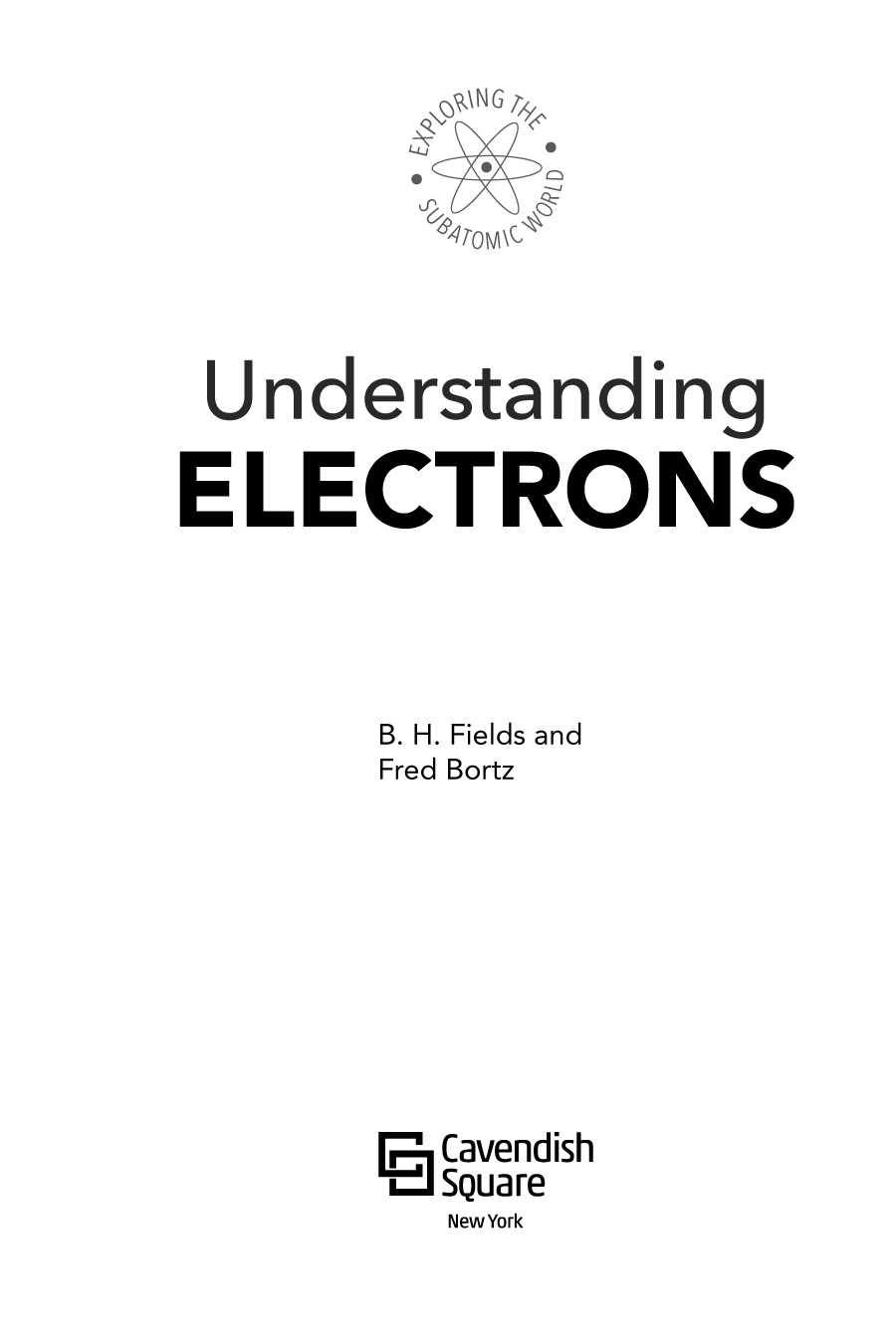
To Elon, for the electricity he brings to life.
Published in 2016 by Cavendish Square Publishing, LLC
243 5th Avenue, Suite 136, New York, NY 10016
Copyright 2016 by Cavendish Square Publishing, LLC
First Edition
No part of this publication may be reproduced, stored in a retrieval system, or transmitted in any form or by any meanselectronic, mechanical, photocopying, recording, or otherwisewithout the prior permission of the copyright owner. Request for permission should be addressed to Permissions, Cavendish Square Publishing, 243 5th Avenue, Suite 136, New York, NY 10016. Tel (877) 980-4450; fax (877) 980-4454.
Website: cavendishsq.com
This publication represents the opinions and views of the author based on his or her personal experience, knowledge, and research. The information in this book serves as a general guide only. The author and publisher have used their best efforts in preparing this book and disclaim liability rising directly or indirectly from the use and application of this book.
CPSIA Compliance Information: Batch #WS15CSQ
All websites were available and accurate when this book was sent to press.
Library of Congress Cataloging-in-Publication Data
Bortz, Fred.
Understanding electrons / by Fred Bortz and B.H. Fields.
p. cm. (Exploring the subatomic world)
Includes index.
ISBN 978-1-50260-538-2 (hardcover) ISBN 978-1-50260-539-9 (ebook)
1. Electrons Juvenile literature. I. Bortz, Fred, 1944-. II. Title.
QC793.5.E62 B67 2016
539.72112d23
Editorial Director: David McNamara
Editor: Andrew Coddington
Copy Editor: Cynthia Roby
Art Director: Jeffrey Talbot
Designer: Stephanie Flecha
Senior Production Manager: Jennifer Ryder-Talbot
Production Editor: Renni Johnson
Photo Research: J8 Media
The photographs in this book are used by permission and through the courtesy of: Eric Heller/Getty Images, cover; pixelparticle/Shutterstock, throughout; Arthur Hacker/De Agostini Picture Library/Getty Images, 7; Thomas Forget, 8; AIP Emilio Segre Visual Archives, Brittle Books Collection, 10; Dorling Kindersley/Thinkstock, 13; Thomas Forget, 1415, 16; Thomas Forget, 20; Dorling Kindersley/Thinkstock, 19; SSPL/Getty Images, 21; Thomas Forget, 22; Digital Vision/Thinkstock, 24; AIP Emilio Segre Visual Archives, Margrethe Bohr Collection, 26; Thomas Forget, 28; Lucien Chavan, File:Einstein patentoffice full.jpg/Wikimedia Commons, 31; Thomas Forget, 32; SSPL/Getty Images, 34; File:De Broglie.jpg/Wikimedia Commons, 35; Concept W/Shutterstock, 3637; Thomas Forget, 38-39; File:MeH.jpg/Wikimedia Commons, 40; Thomas Forget, 4243; Thomas Forget, 48; Dragon Images/Shutterstock, 50; National Institute of Allergy and Infectious Diseases (NIAID), 51; AP Photo, 53; ONOKY/Getty Images, 54.
Printed in the United States of America
Contents
Discovering the Electron
Electricity and Magnetism, Matter and Light
How Electrons Explain Chemistry
Electronic Technology
W hat would modern life be like without electronics? We live surrounded by devices. We connect to each other through computers and the Internet. We use pocket-sized cellular phones to communicate by voice, text, pictures, or video. We watch and listen to news, opinions, music, and entertainment on radio, television, and streaming audio and video. We can cook with microwaves instead of gas or electricity. We have global positioning system (GPS) receivers small enough to hold in one hand or mount on car windshields. Their programs and detailed maps tell us where we are in the world and how to get to our destination. Robots with electronic controls work in factories, hospitals, and even on other planets.
All of that technology has grown from our understanding of electrons, which are among the lightest bits of matter known to science. We can trace that very modern understanding back to a very ancient question. About 2,500 years ago, Greek philosopher Democritus and his mentor, Leucippus, asked, What is matter made of?
Democritus and Leucippus imagined cutting a piece of matter in half, then cutting one of its halves in half, then cutting one of those pieces in half, and so on until the resulting pieces could no longer be cut. The last pieces would be indivisible, or atomos in Greek. Democrituss atoms turned out to be similar to what we call molecules today. A water moleculetwo hydrogen atoms combined with one oxygen atomis not indivisible, but it is the smallest speck of matter that can still be called water.
Hydrogen and oxygen are examples of substances that scientists call elements. In a pure element, all the atoms are the same. Scientists classify water as a compound, a substance with more than one kind of atom, but with all its atoms combined into the same kind of molecules. The science of chemistry deals with the way atoms and molecules interact, react, and combine.
If molecules can be divided into atoms, it is natural to ask if atoms can also be divided. And if so, might we look into the atom to understand why only certain combinations of atoms form molecules. A little more than a century ago, physicists began to answer those questions. As they probed inside atoms, they found a deeper understanding of not only the chemical behavior of matter, but also other phenomena such as electricity, magnetism, and light.
This book contains the story of the first subatomic particle to be discovered (the electron) and explores the knowledge and technological advances that people have gained from studying it.
DISCOVERING
the Electron
O ur story begins at the world-famous Cavendish Laboratory at Britains Cambridge University. A twenty-four-year-old scientist named Joseph John J. J. Thomson (18561940) arrived there in 1881, and he found that the atmosphere there was electric in more ways than one. The laboratorys founder, James Clerk Maxwell (18311879), was famous for formulating a set of four equations that described the relationship between electricity, magnetism, and light waves. Thomson hoped to follow in his footsteps.
Other major discoveries of that time came from chemistry. By studying the reactions between different substances, chemists had concluded that matter was composed of atoms, and that atoms combined in particular ways to form molecules. They thought those atoms were indivisible. They also had discovered that electricity was related to chemical reactions. But where the electrical nature of matter came from remained a mystery.
Cathode Ray Experiments
Young Thomson wanted to use his mathematical gifts to make discoveries about the electrical nature of matter just as Maxwell had done for the electromagnetic nature of light. But his boss, John William Strutt (18421919), more commonly called Lord Rayleigh, who became Cavendish Professor in 1879 after Maxwells death, had other plans. Rayleigh believed that in physics, mathematical skills should not stand alone. If Thomson intended to work at the Cavendish, he would have to do more than calculation. He would have to work in the laboratory!
Unfortunately, Thomson was not very skilled with scientific apparatus. His contributions to experiments were more of the mind than of the hand. J. J. was very awkward with his fingers, and I found it very necessary not to encourage him to handle the instruments! said H. F. Newall (18571944), Thomsons assistant in his early years at the lab. But he was very helpful in talking over the ways in which he thought things ought to go.
Font size:
Interval:
Bookmark:
Similar books «Understanding Electrons»
Look at similar books to Understanding Electrons. We have selected literature similar in name and meaning in the hope of providing readers with more options to find new, interesting, not yet read works.
Discussion, reviews of the book Understanding Electrons and just readers' own opinions. Leave your comments, write what you think about the work, its meaning or the main characters. Specify what exactly you liked and what you didn't like, and why you think so.

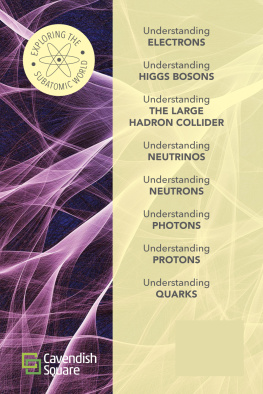
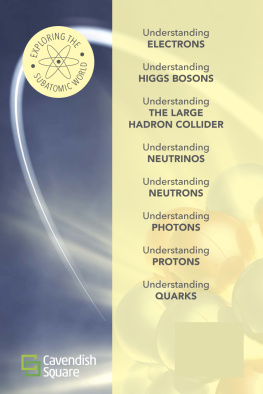
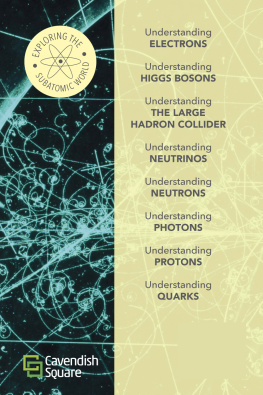
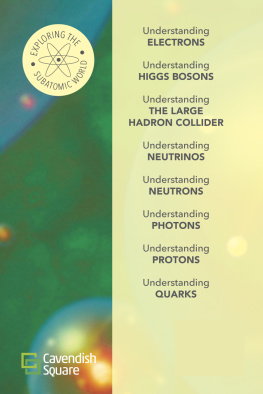
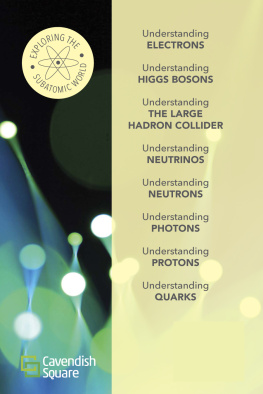

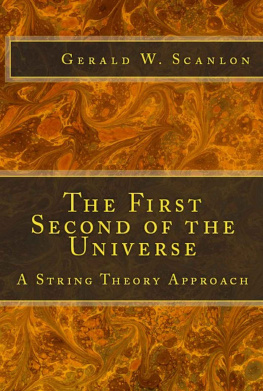
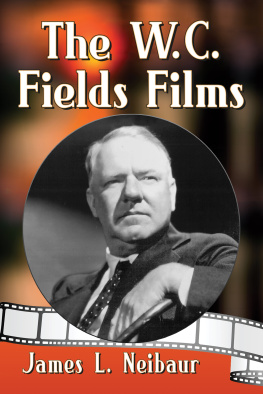
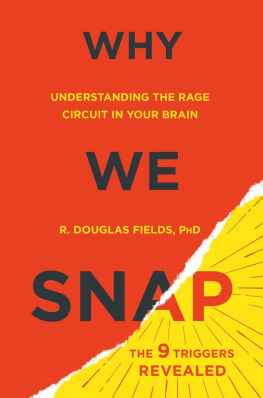
![Cavett Dick - Fields for President [UC]](/uploads/posts/book/171473/thumbs/cavett-dick-fields-for-president-uc.jpg)
